Abarth Celebrates Its Racing Heritage With The Classiche 1300 OT
Repeating the party-trick of remoddeling an Alfa Romeo 4C, Abarth once again honours one of its racing icons.
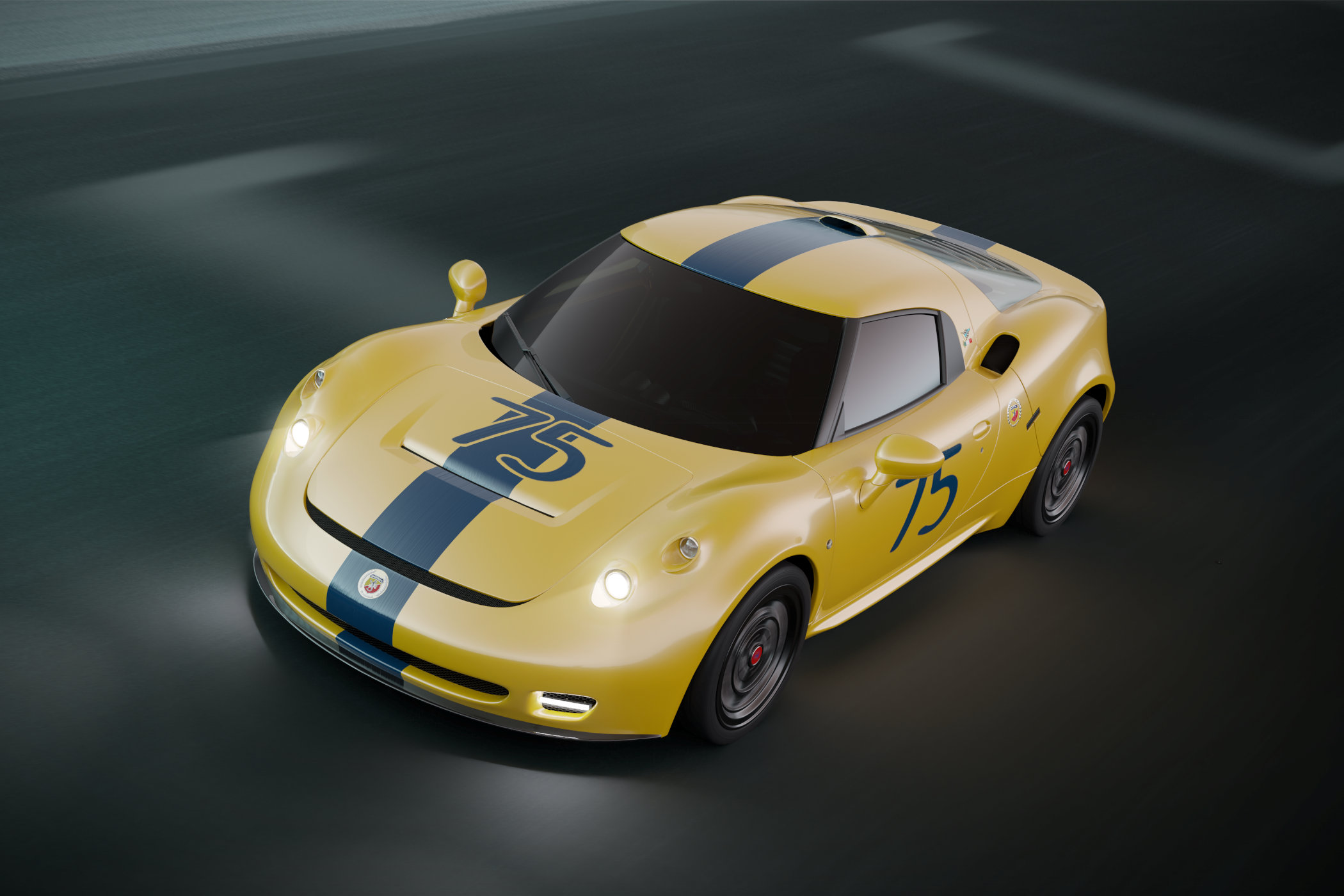
“Adding power makes you faster on the straights. Subtracting weight makes you faster everywhere”. These famous words are a quote by the legendary Lotus boss Colin Chapman. In racing, there is indeed a direct link between a car’s performance and the power the engine produces versus the weight it puts on the track. Chapman wasn’t the only one who embraced this concept, as legendary Italian (although born in Austria) designer and engineer Carlo Abarth applied the same principle to his cars. To such an extent even, that in the 1960s and 1970s, Abarths were often a serious contender for race wins wherever they showed up! Honouring one of their most capable machines, Abarth is building 5 examples of the Classiche 1300 OT, which is heavily inspired by the 1300 OT from the mid-1960s.
Carlo Abarth
Born as Karl Albert Abarth in 1908, Carlo Alberto Abarth was not only a very skilled engineer and designer but also had a racing career for himself. He raced on two wheels mostly, becoming the European Champion in his class five times. He abandoned racing motorcycles after a serious crash in Linz, and racing altogether after suffering from illness in 1939. Following World War II, Carlo Abarth continued to work in the automotive industry, before founding Abarth & Co in 1949.

His experience as a racer, sporting director (for the Cisitalia racing team) and engineer gave him the necessary skills to build sports and racing cars under his own name. Bearing a scorpion logo taken after his astrological sign, Abarth cars have been closely related to, and often built using Fiat cars and technology. Some of his most famous creations are racing editions of the Fiat 500 and 600 and later the Autobianchi A112 Abarth. Cars under the Abarth name would often be lightweight, with engines with small capacity engines, making them agile enough to regularly beat far more powerful cars on twisty racing tracks all across Europe.
By 1971, Fiat took over full control of the Abarth company and it would be turned into the brand’s performance partner. Similar to AMG for Mercedes or the M-division for BMW, Abarth would focus on performance enhancements for Fiat’s road and racing cars. This would also connect Abarth to Lancia, as the joint racing department would develop cars such as the Lancia 037 and Lancia Delta S4, two icons of Group B rallying. During the 1990s and early 2000s, the name would dwindle a little, as it was mainly used to indicate trim levels or faster versions of Fiat cars. Now though, following a relaunch as a separate brand in 2007 under the full control of Fiat, Abarth currently produces high-performance equivalents of the Fiat 500 and 500C, the Pulse (a compact cross-over mainly sold in Latin America) and the Fastback (a five-door ‘coupe’ version of the Pulse).

Abarth 1300 OT
One of Abarths most successful cars to grace a race track is the Abarth 1300 OT. This lightweight and agile coupe was built between 1965 and 1968 and campaigned extensively during its lifespan. It was developed following a surge of big car companies entering the performance-enhancement market. Brands began producing high-performance versions of their own cars, instead of relying on outside companies to do so. In response, Abarth shifted focus to racing more than road cars, relying on its past experience, and the Abarth 1300 OT is the direct result of that.

The Abarth 1300 OT was built in 1965 and through the years that followed it came in several slightly different versions. The OT in its name refers to ‘Omologato Turismo’, meaning it was approved for racing as it was derived from a road car (more or less), so a homologation car in essence. The chassis comes from a serially produced Fiat 850, draped with a curvaceous body of sheet metal and resin elements (such as the bonnets). The engine is mounted behind the rear axle, something Carlo Abarth favoured. With 1,298cc of displacement, it produces 147bhp in a car that weighs about 655 kilos. Its top speed is listed as 245kph, which is mighty impressive for the day!
During its racing career, the 1300 OT racked up multiple overall victories and class wins, on some of the most daunting tracks across Europe, proving the concept of low kerb weight combined with significant power (sort of). If won the 1966 1966 Nürburgring 500km and the 1967 Hockenheim Grand Prix outright, whilst also winning its class in the Monza 1000km, Nürburgring 1000km, Mugello Grand Prix, Ollon-Villars Hillclimb and several other events as well. Even though it was eventually replaced, the 1300 OT was campaigned (and victorious) well into the 1970s. It also added to the monumental tally of 900 race wins by Abarth cars in 1966 alone, the company’s best-ever season!
The Classiche 1300 OT
All this now comes together and is celebrated through the Abarth Classiche 1300 OT. It pretty much follows the recipe of the Abarth 1000SP tribute the manufacturer built a couple of years ago, where an Alfa Romeo 4C is remodelled to look like the original. Styling elements are carried over from the original 1300 OT and incorporated into the new design. Just like with the 1000SP tribute car, the result is quite striking! The car is built under the flag of the Heritage department of Stellantis, the group that includes legendary Italian names like Fiat, Lancia, Alfa Romeo and Maserati, but also Citroën, Peugeot, Dodge, Jeep, Opel and Chrysler (plus a few others).
It certainly helps that the Alfa Romeo 4C it is based on already has the engine in the back, similar to the 1300 OT it’s modelled after, although it’s not mounted behind the rear axle but rather in front of it. No information is shared if any work has been done on the engine, so I assume the turbocharged 1.75-litre four-cylinder engine still produces 240 horsepower. Power is still fed through a six-speed sequential gearbox, and combined with a weight of less than 900 kilos, it’s still a very fast and agile machine.
Aesthetically, the Classiche 1300 OT is closely related to the 1000SP from 2021 and a few things have weirdly been left untouched (such as the small headlights). Nevertheless, it still looks quite amazing! The body is all moulded from carbon fibre, taking full advantage of modern construction methods. The front has a flat horizontal air intake that mimics the look of the original, but from the doors to the back, Abarth has nailed the ‘tribute’ look brilliantly. The rear clamshell has quick-release locks on the side, for instance. The back of the car features round taillights flanking the cooling grille with the “Abarth” name cut out of it. To top it all off, the Periscope air intake on top is also there, although a bit different in design. It adds a brilliant touch to honour the original 1300 OT ‘Periscipio’!
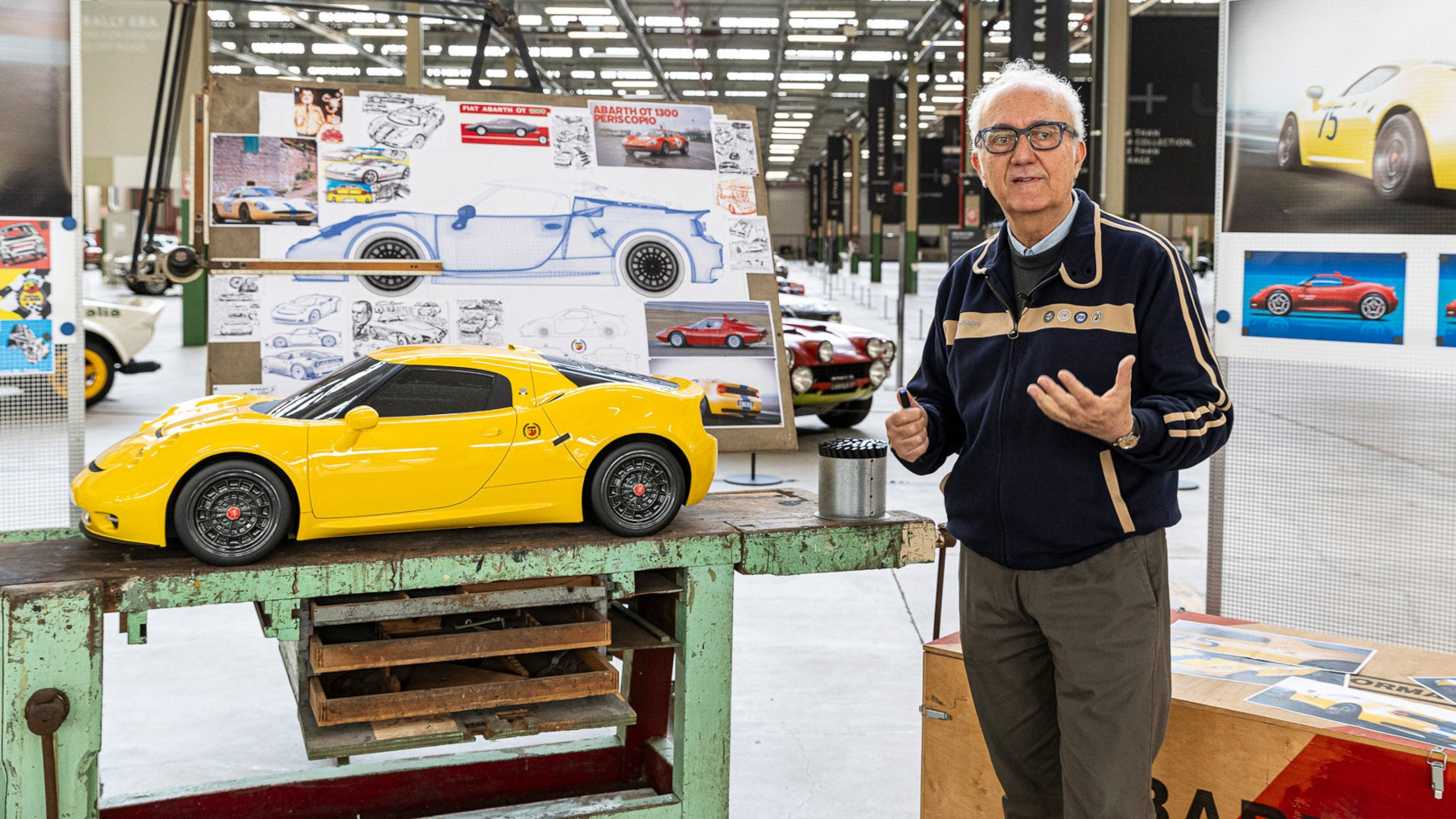
Abarth will build just 5 examples, all using the Alfa Romeo 4C as a base car, with orders now being open. The price remains a bit of a mystery for now, but rumours are circulating of a sticker price well north of EUR 200,000. Despite not having the full details on this car, I expect all five to be sold rather quickly, as things tend to go with such special project cars.
For more information on the Abarth Classiche 1300 OT or the original 1967 Abarth 1300 OT Periscopio featured here, please visit Stellantis.com or Cars.Bonhams.com.
Editorial Note: The information and images used for this article are sourced from and used with permission of Stellantis and Bonhams Cars unless stated otherwise.

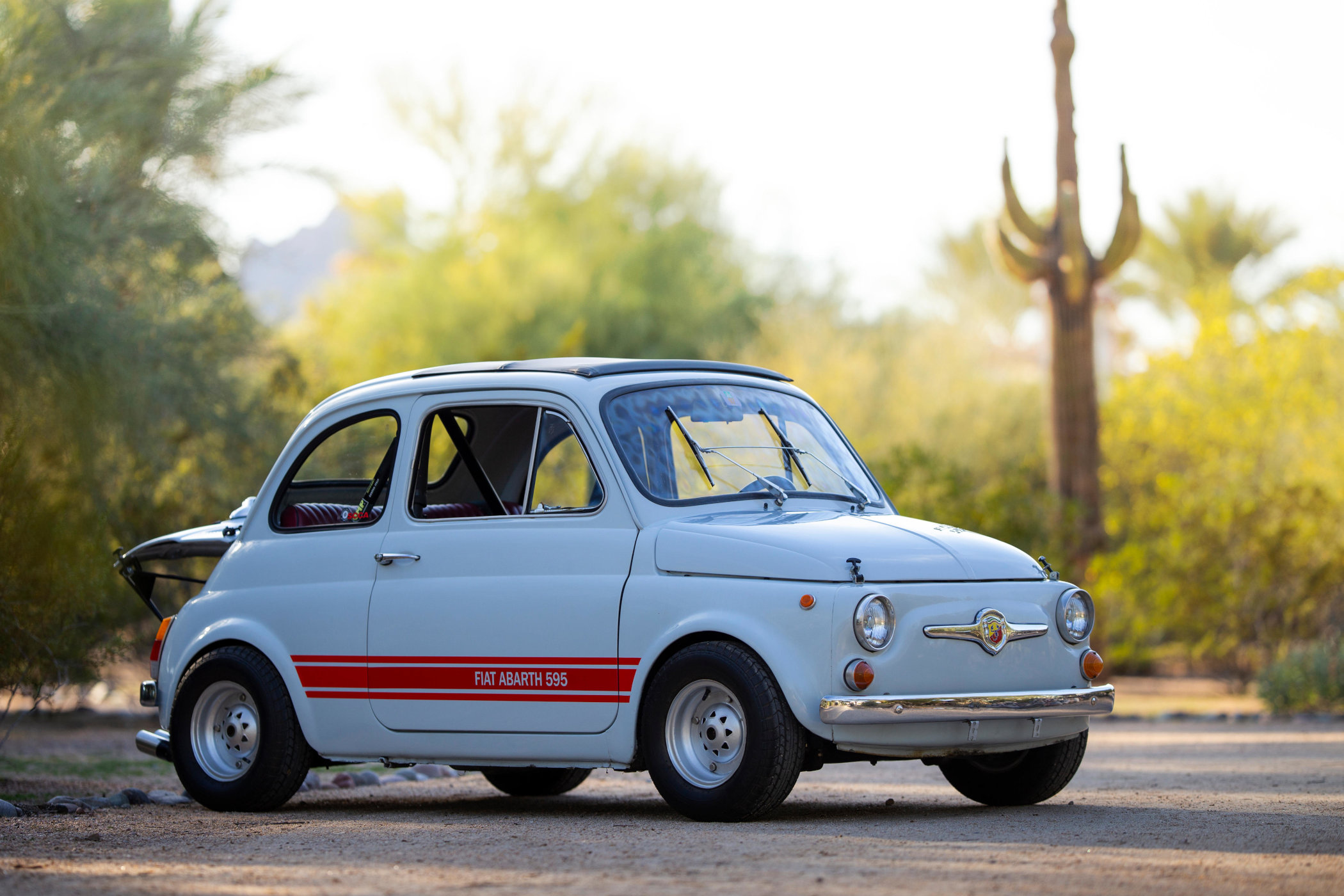
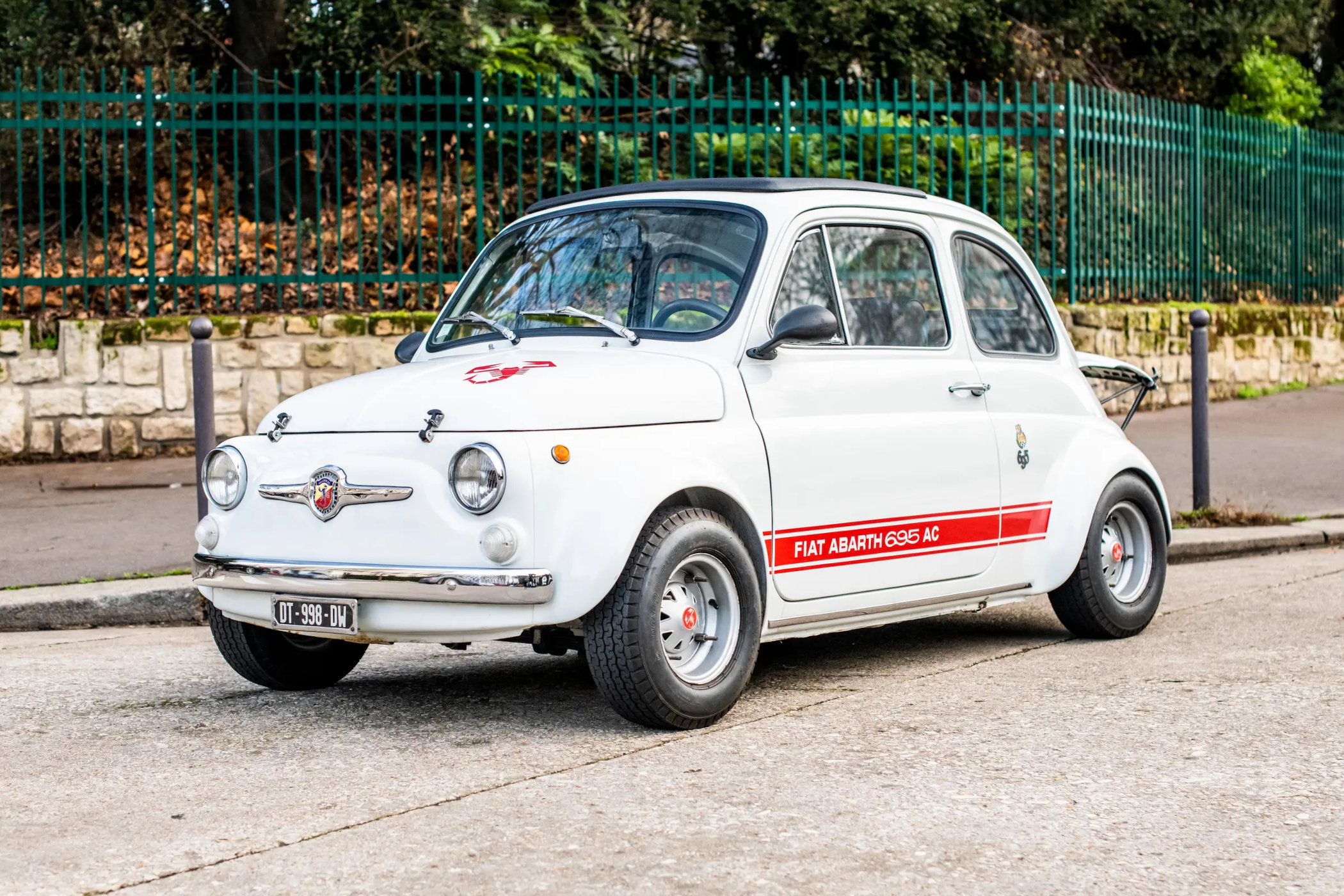
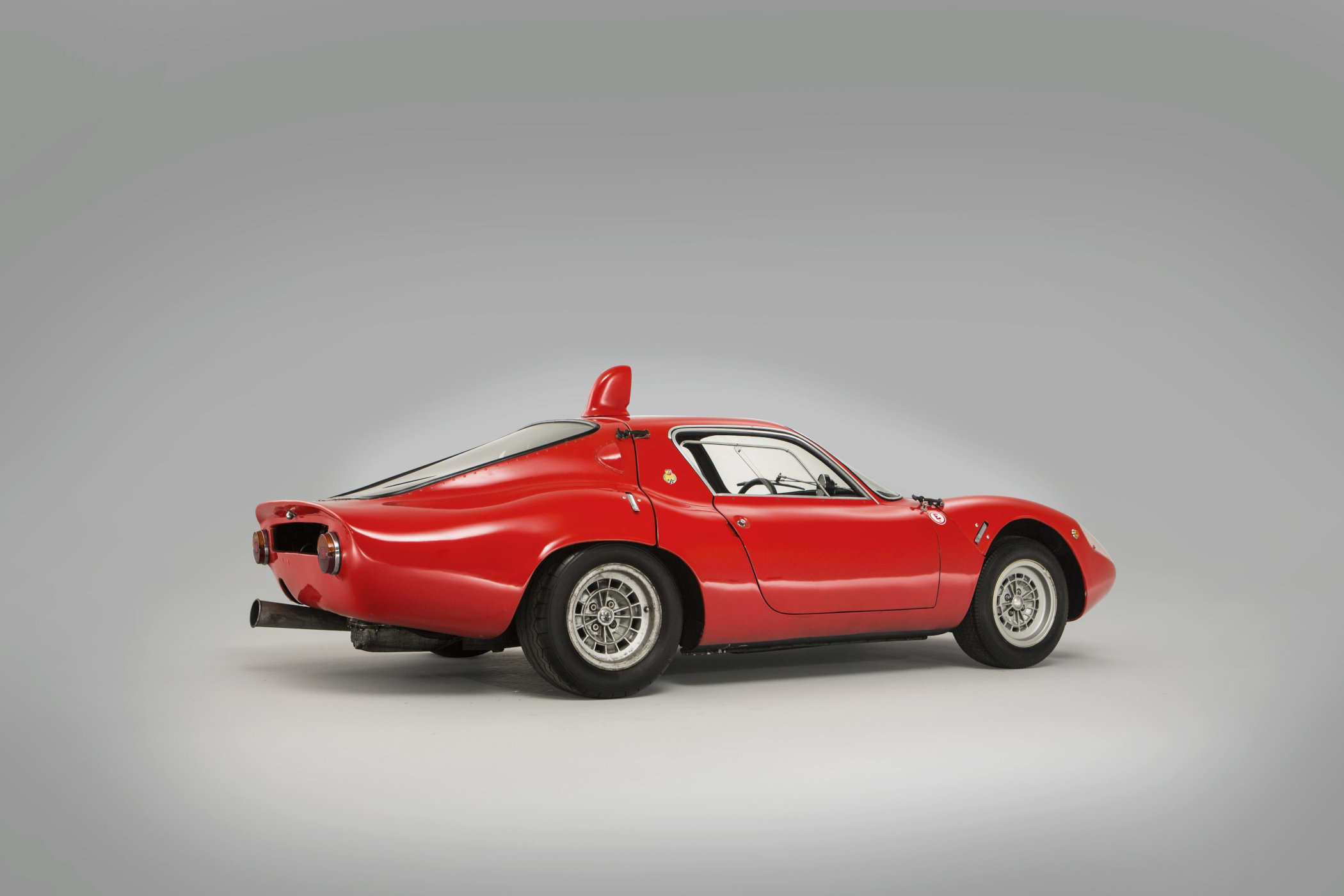

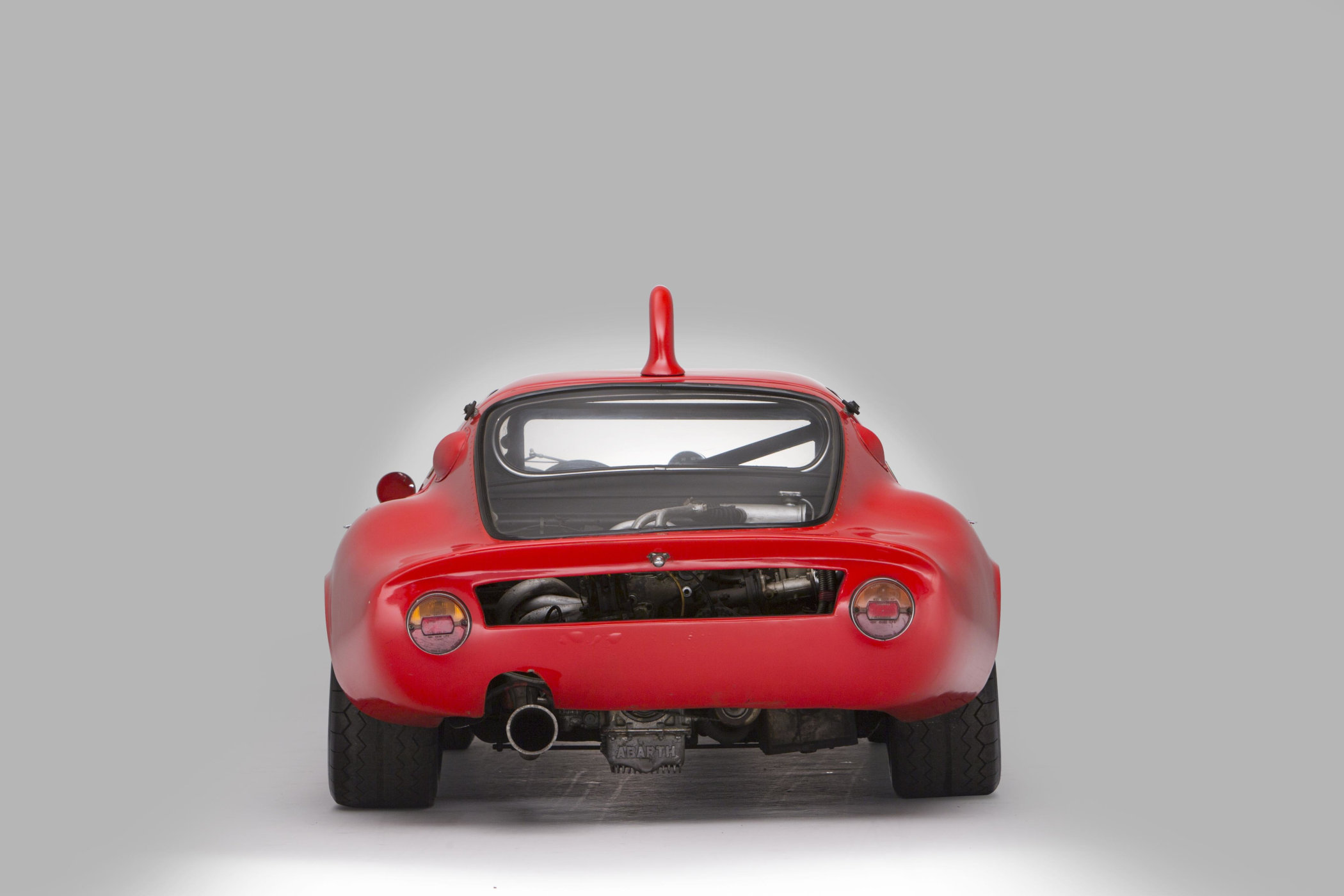
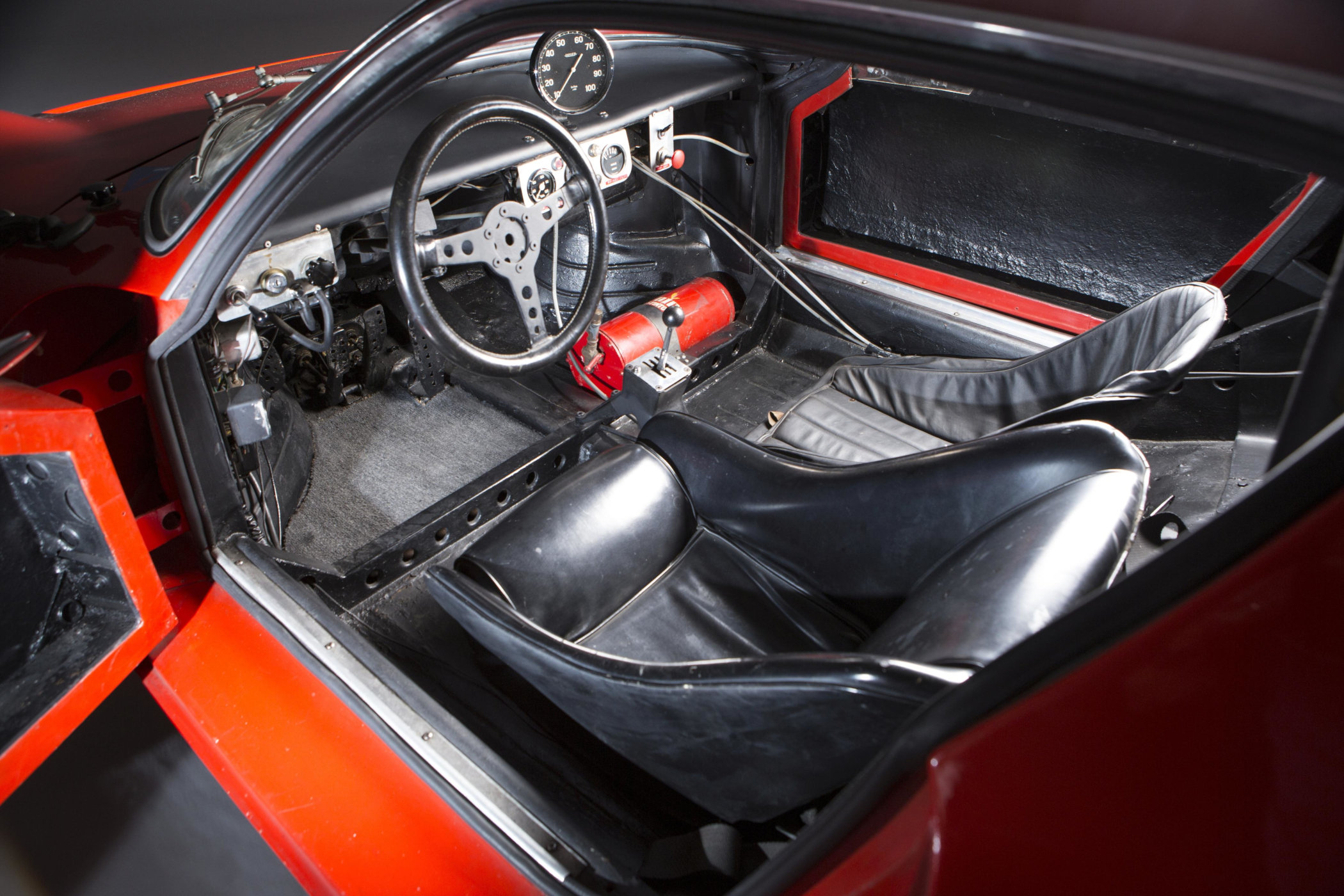
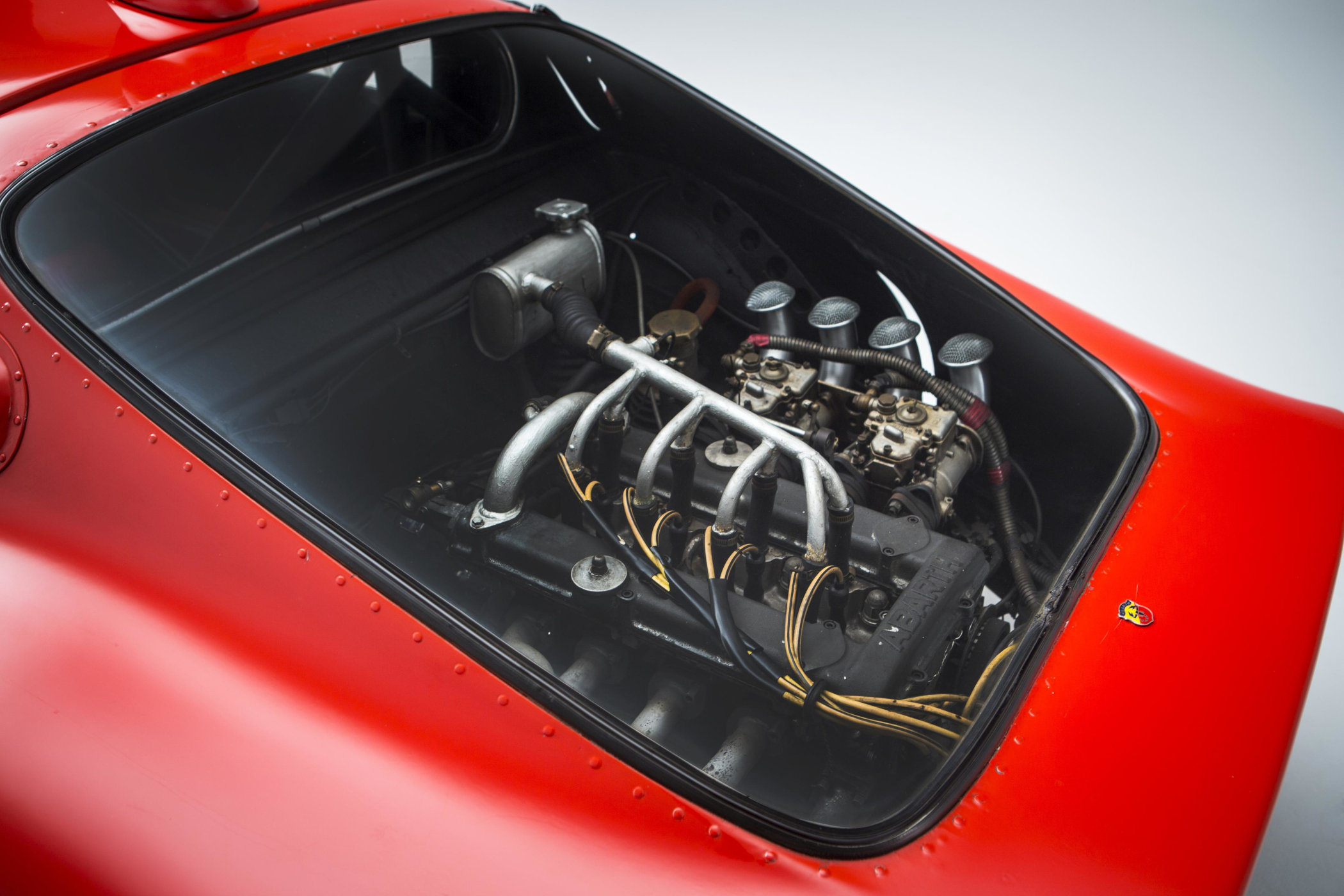

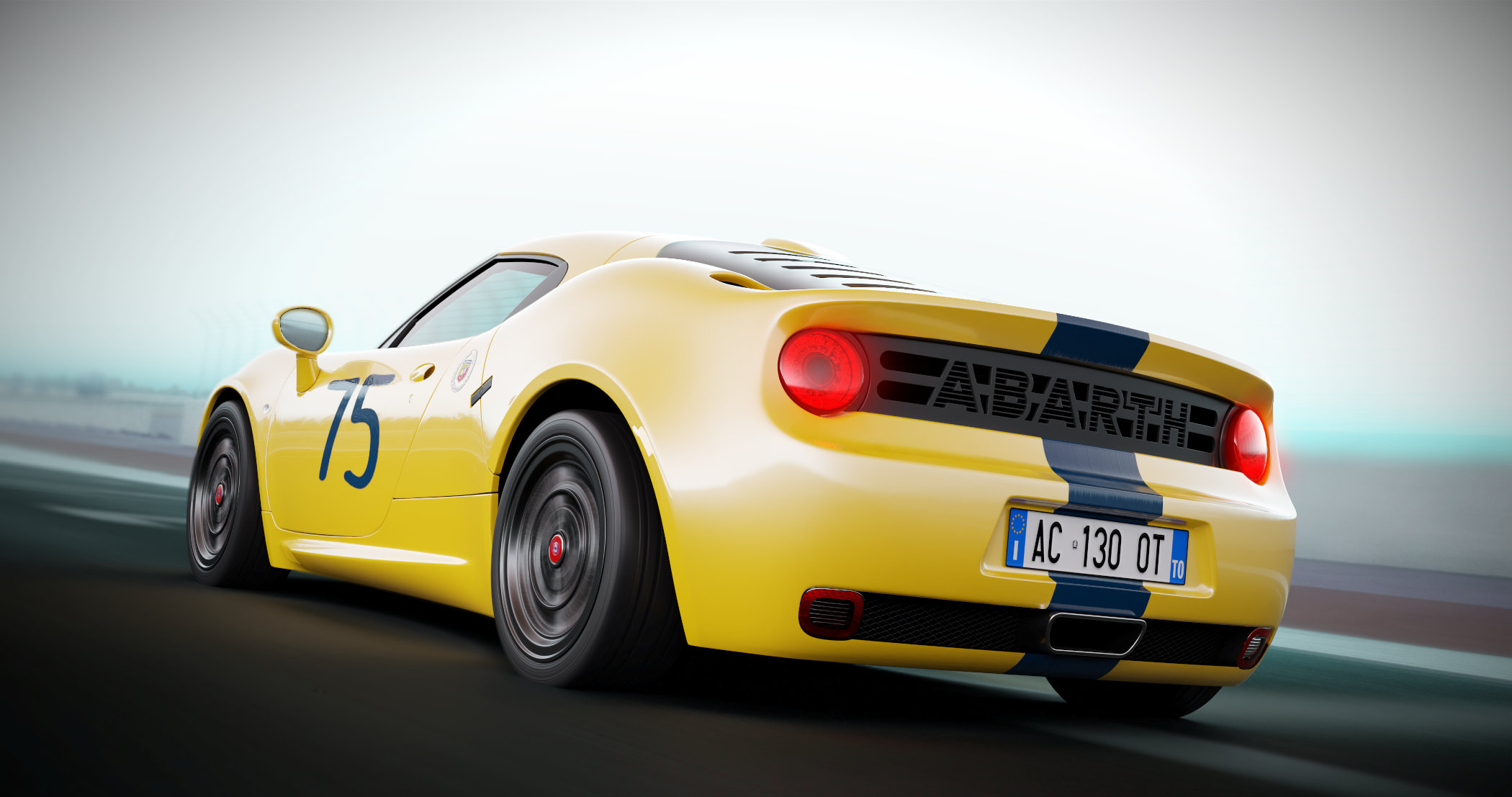
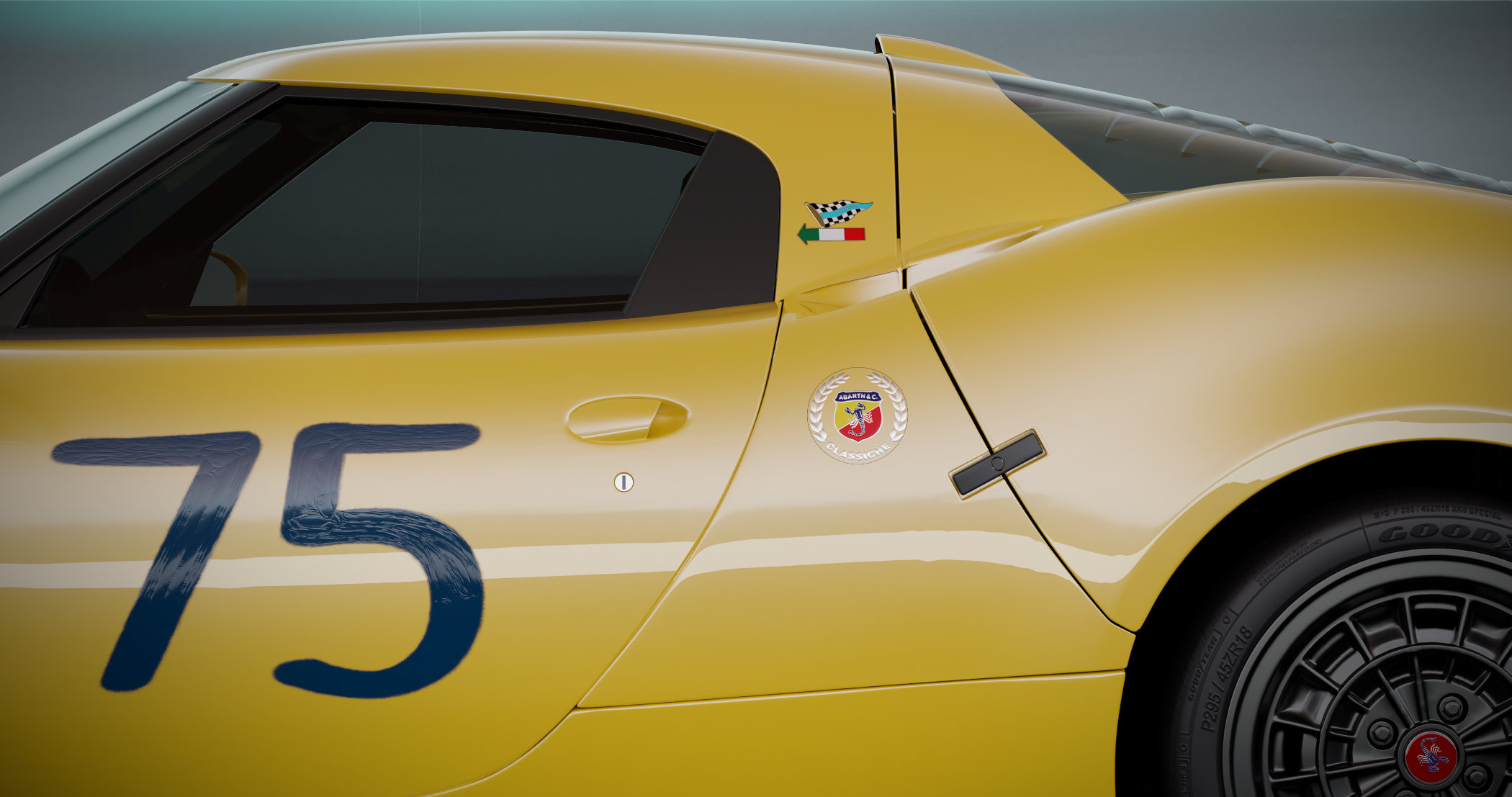
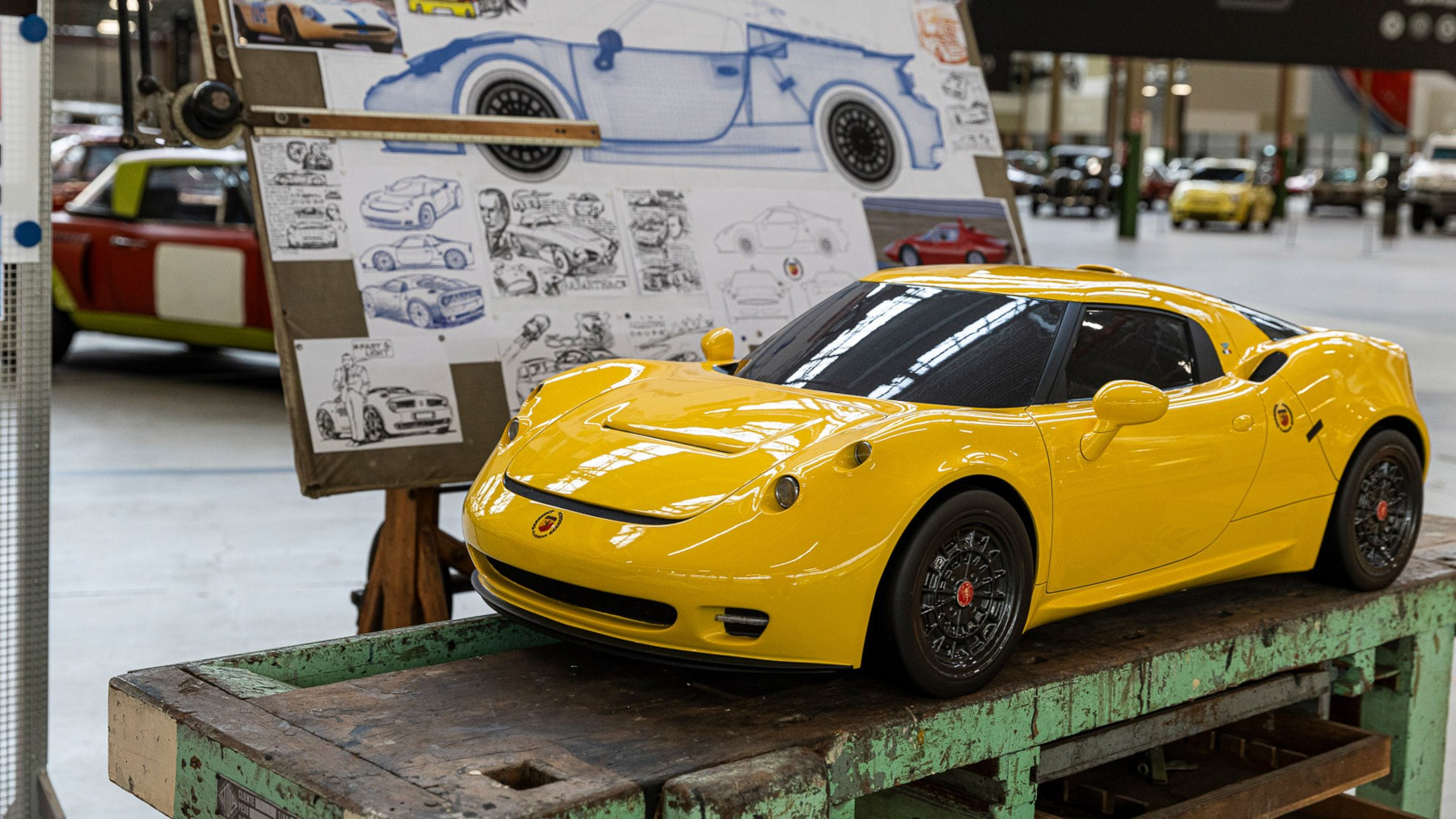
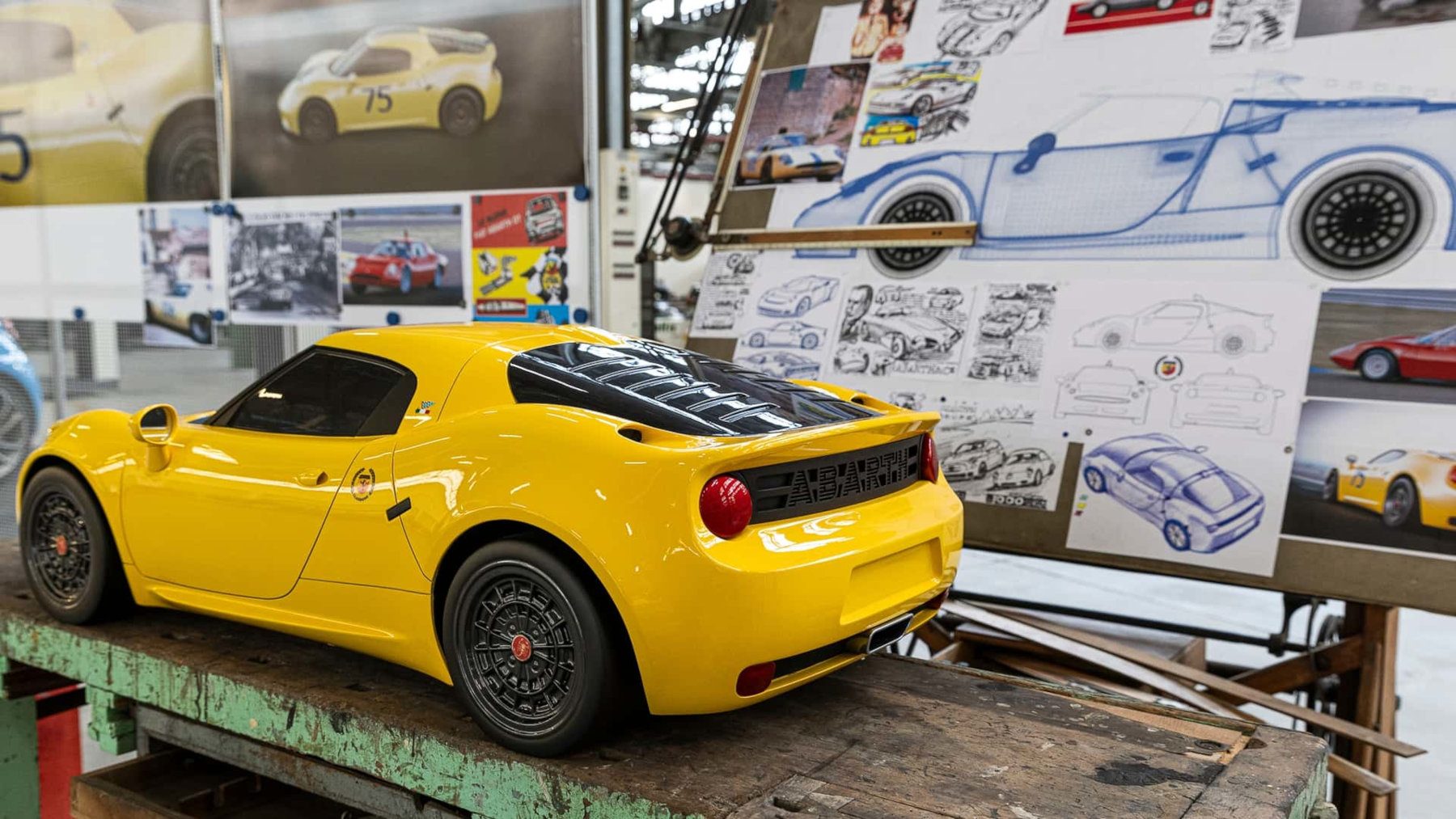



1 response
An awesome carmaker with a loyal community.
The lucky 5 owners will have a nice driving machine for sure, so lets hope they will be driven and not only be hidden in a garage.
Soon the production of the 595 and 695 Abarth will end, the company is famous for their awesome engine sounds. Then they will be electric only, I think the electric models won’t sell very good, expensive, fake sounds, not much range etc.
I guess in a few years they only will be a sporty trim level for the Fiat versions of other Stellantis cars. What a shame.
So lets hope I’m wrong and they will bring a gas powered successor to the 595 and 695.